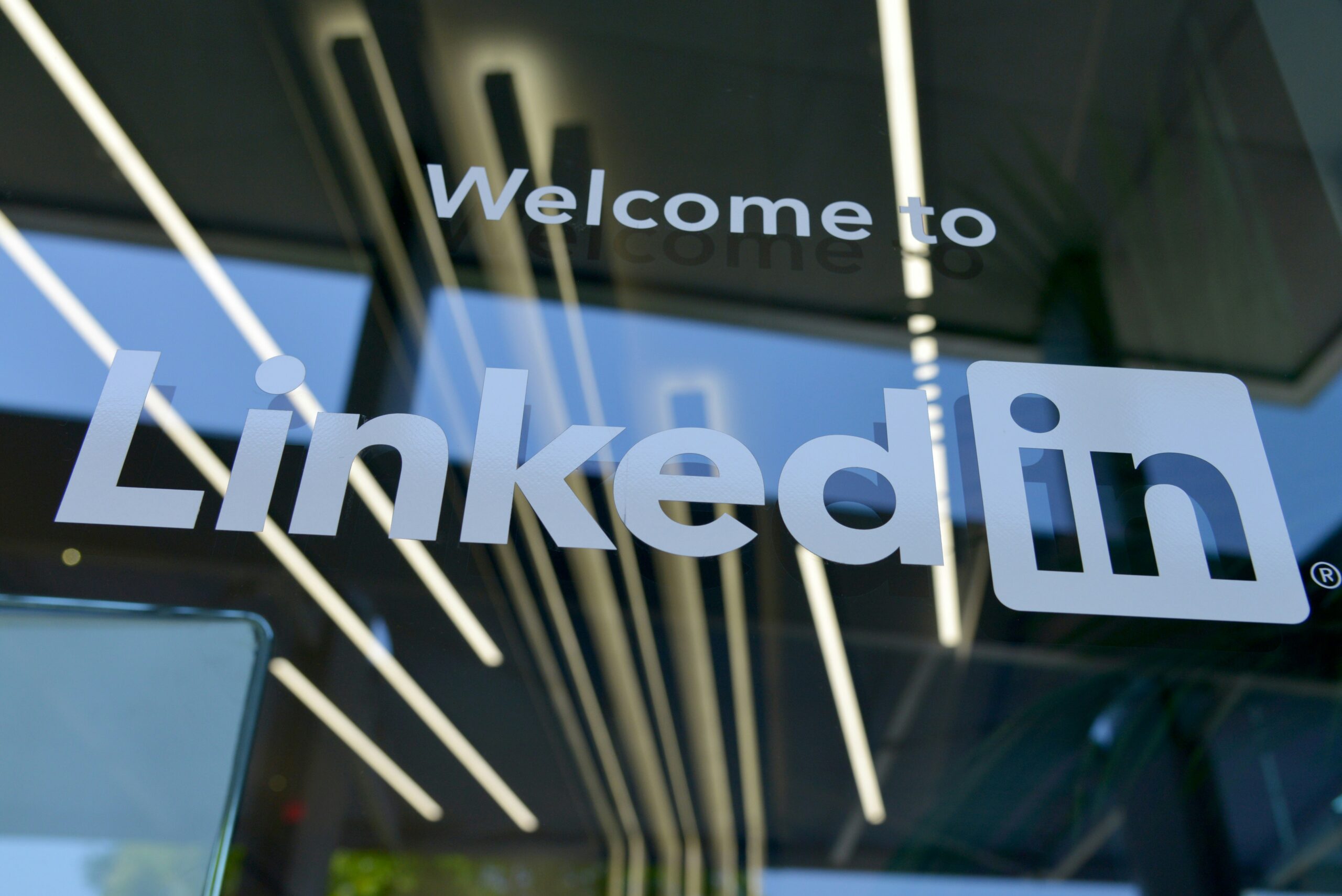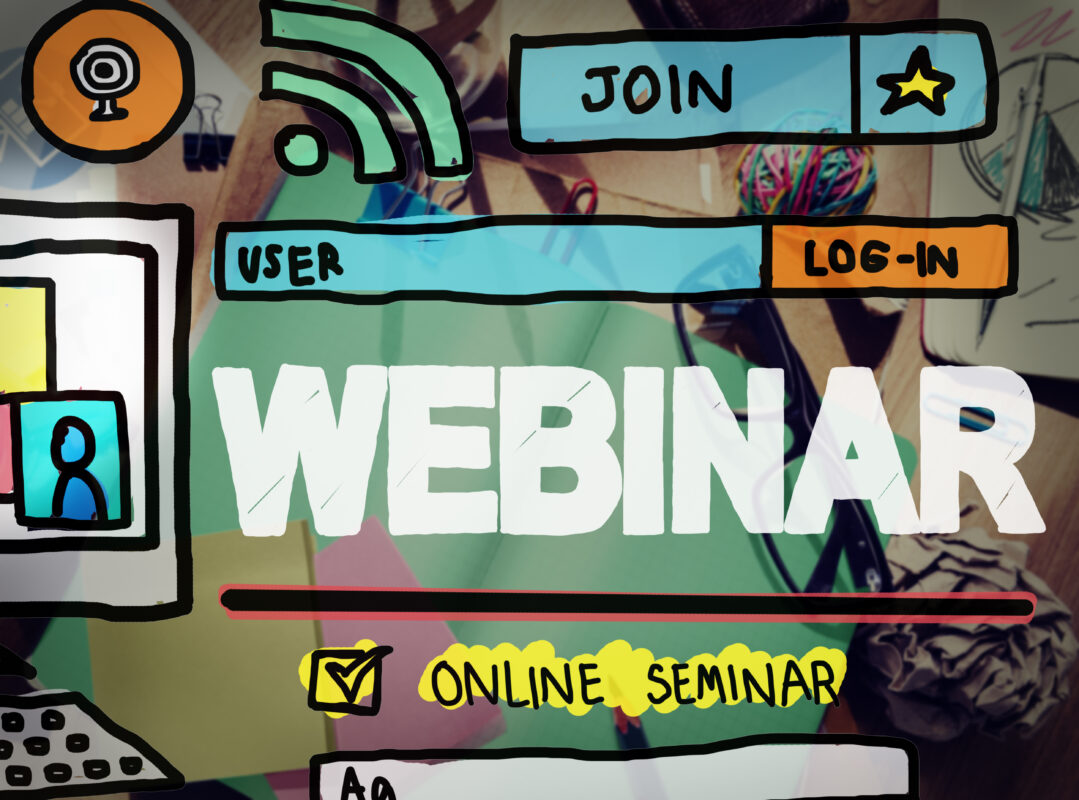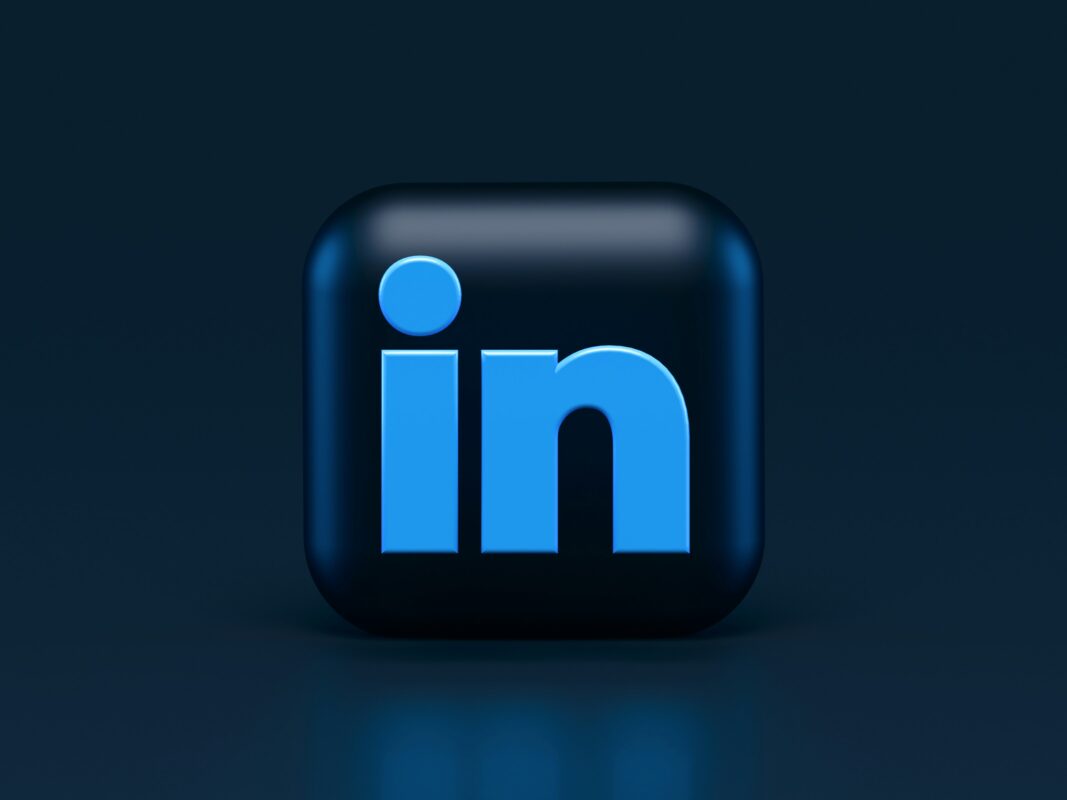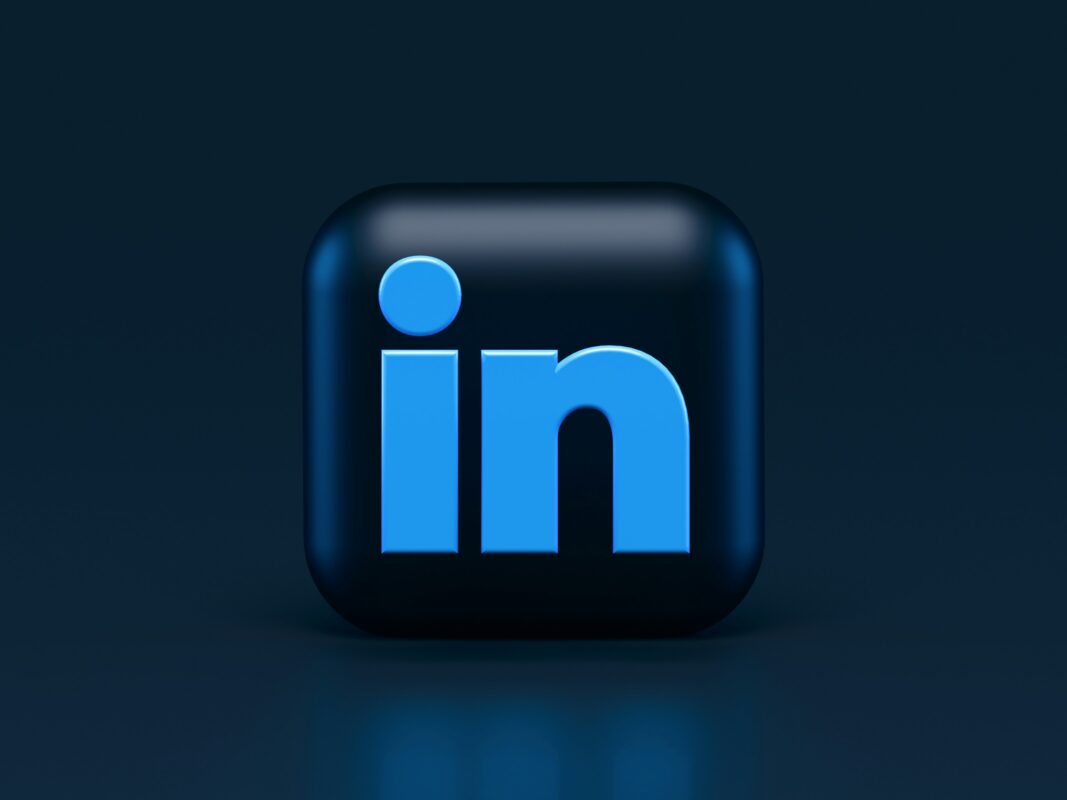Understanding LinkedIn Event Marketing Strategy: A Comprehensive Guide
Introduction
In the dynamic world of digital marketing, new challenges and opportunities are emerging. One such platform that has been making waves is LinkedIn. With its professional-oriented user base, integrating a LinkedIn Event Marketing Strategy has become a pivotal part of every marketer’s toolkit. But how do you go about engaging your audience effectively through it?
Establishing the Basics of LinkedIn Event Marketing
Before diving into the specifics, it’s essential to understand what LinkedIn Event Marketing is and its potential.
- Definition: LinkedIn Event Marketing refers to the process of creating, promoting, and hosting events on the professional networking platform, LinkedIn.
- Value Proposition: LinkedIn provides a unique platform where professionals meet and engage. Hosting events here adds credibility and value to your initiatives, positioning them in front of a targeted audience.
- Reach: With more than 700 million users worldwide, the potential reach for your events on LinkedIn is immense.
- Engagement: Events on LinkedIn encourage active interaction through features like Q&A, live interaction, etc., driving high engagement.
Practical Steps to Formulate Your LinkedIn Event Marketing Strategy
Effective event marketing on LinkedIn isn’t just about creating an event; it involves careful strategizing and execution.
1. Understand your Audience
- User Personas: Build detailed LinkedIn user personas, considering demographic, professional background, interests, and the motivations of your target audience.
- Research and Analysis: Conduct a thorough research and analysis of what interests your target audience, what events they are attending, the conversations they are interested in and so on.
- Segmentation: Segment your audience based on their interest, industry and personal preferences.
- Customized Approach: Customize the event details, content and promotions, tailored to the preferences of each segment.
2. Plan Your Event
- Objective: Be clear about the objective of your event.
- Format and Content: Choose a format (webinar, panel discussion, Q&A session) that aligns with your objective. Create engaging content that provides value to the attendees.
- Choose a Suitable Date and Time: Pick a date and time that caters to the availability of your target audience across different time zones.
- Quality and Consistency: Ensure the quality of your event and maintain consistency throughout all marketing communications.
3. Promote Your Event
- Promotion Strategy: Create a robust promotion strategy that combines organic and paid reach.
- Use LinkedIn Features: Utilize LinkedIn features such as personalized event URLs and LinkedIn ads for better exposure.
- Engage Influencers: Engage related influencers in your industry to widen your event’s reach.
- Email Marketing: Use your existing email database to send personalized invitations.
Using Analytics to Measure Success
Like any other marketing strategy, the success of your LinkedIn event marketing also relies on metrics and analytics.
- Engagement Rate: Look at the number of responses, comments, shares, and likes to understand audience engagement with your event.
- Attendance Ratio: Evaluate the proportion of attendees against those who showed interest or signed up.
- Post-Event Surveys: Conduct post-event surveys to collect feedback and understand attendees’ perception of your event.
- Social Listening: Use social listening tools to gauge the conversation around your event on LinkedIn.
Conclusion
In today’s digital age, LinkedIn Event Marketing offers a promising opportunity to engage your audience in a meaningful way. By strategically planning, promoting, and hosting your events, you can lean into the professional nature of LinkedIn and add credibility to your brand. Remember, the key to a successful LinkedIn event lies in understanding your audience, crafting relevant content, robust promotion, and continuous improvement through analytics.









